Newborn Essentials: Do You Really Need Bibs?
When attending to the needs of a newborn, parents meticulously curate a collection of essentials to ensure their little one’s well-being. From diapers to clothing, every item serves a purpose in creating a comfortable environment. Amidst this array of necessities, one may ponder the significance of bibs.
Are they truly imperative for newborns who primarily feed and rest? While bibs may not rank high on the newborn essentials list, they can unexpectedly prove invaluable as infants embark on their journey to solid foods.
This article delves into the benefits of bibs for newborns, elucidating why they become increasingly indispensable during the transition to solid foods and how they safeguard against untidy mealtime mishaps. Join us as we explore bibs’ simple yet transformative role in ensuring a tidier and more enjoyable feeding experience for babies and their caretakers.
Do newborns need bibs and burp cloths?

Newborns can benefit from bibs and burp cloths. Bibs can help protect a newborn’s clothing during feeding times, and burp cloths can be useful for cleaning up any spit-up or drool after a feeding.
Bibs are particularly important when a newborn is fed with a bottle or starting to eat solid foods. Bottle-fed babies may dribble milk while providing, and bibs can help catch any excess liquid before it gets on their clothing. Similarly, when babies start eating solid foods, they may drool or spit out food, and bibs can help to keep their clothes clean.
Burp cloths are also useful for newborns who may spit up or drool after a feeding. These cloths are placed over the shoulder of the caregiver and used to pat the baby’s back to encourage burping gently. The burp cloth can clean up any mess if the baby spits up.
When should baby start wearing a bib?
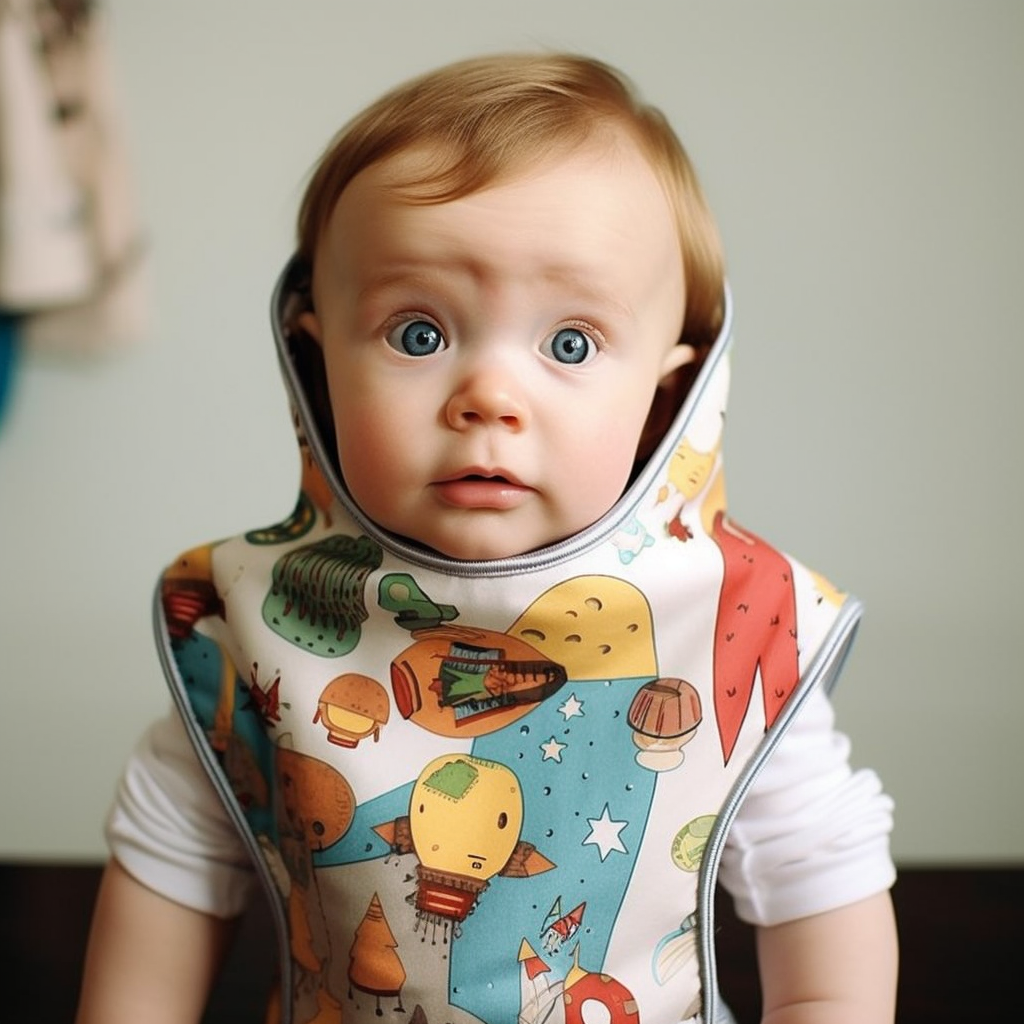
Babies can start wearing bibs when they drool or eat solid foods, usually around four to six months of age. At this age, babies may start teething and produce more saliva, which can cause them to drool excessively. Bibs can help keep their clothing dry and prevent skin irritation from dampening.
When babies start eating solid foods, bibs become even more important to protect their clothing from spills and stains. As they learn to feed themselves, babies may also be messy eaters, dropping food or smearing it around their faces and clothing.
It’s a good idea to have several bibs on hand to switch them out as they become soiled. Bibs should also be washed regularly to prevent bacteria buildup and maintain hygiene.
When can baby stop using bib?
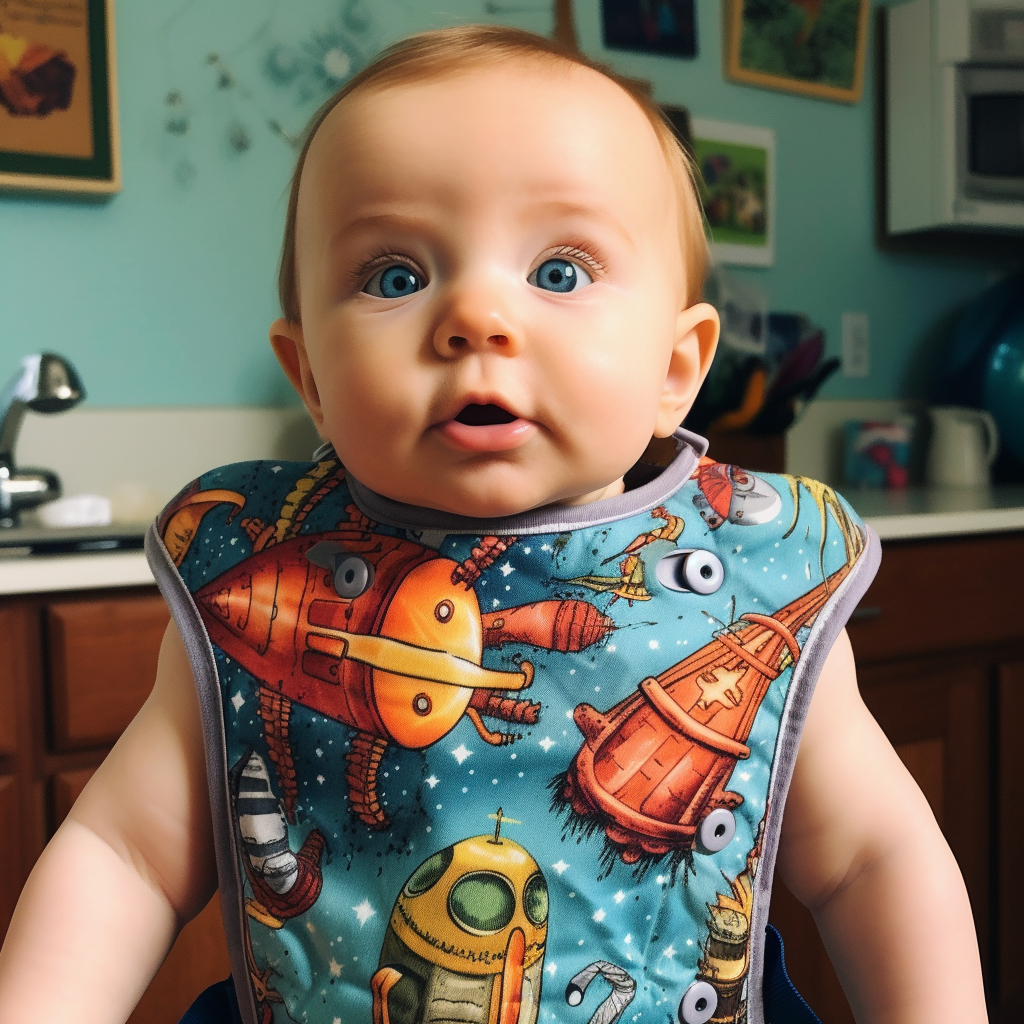
There is no specific age at which a baby should stop using bibs, as it depends on the individual child’s development and feeding habits. In general, babies will continue to benefit from wearing bibs until they have developed good table manners and can eat without making a mess.
Most children begin to develop better eating skills around the age of two and may be able to eat without spilling or dropping food by three or four. At this point, they may no longer need to wear bibs during meals.
How long should a baby bib be?
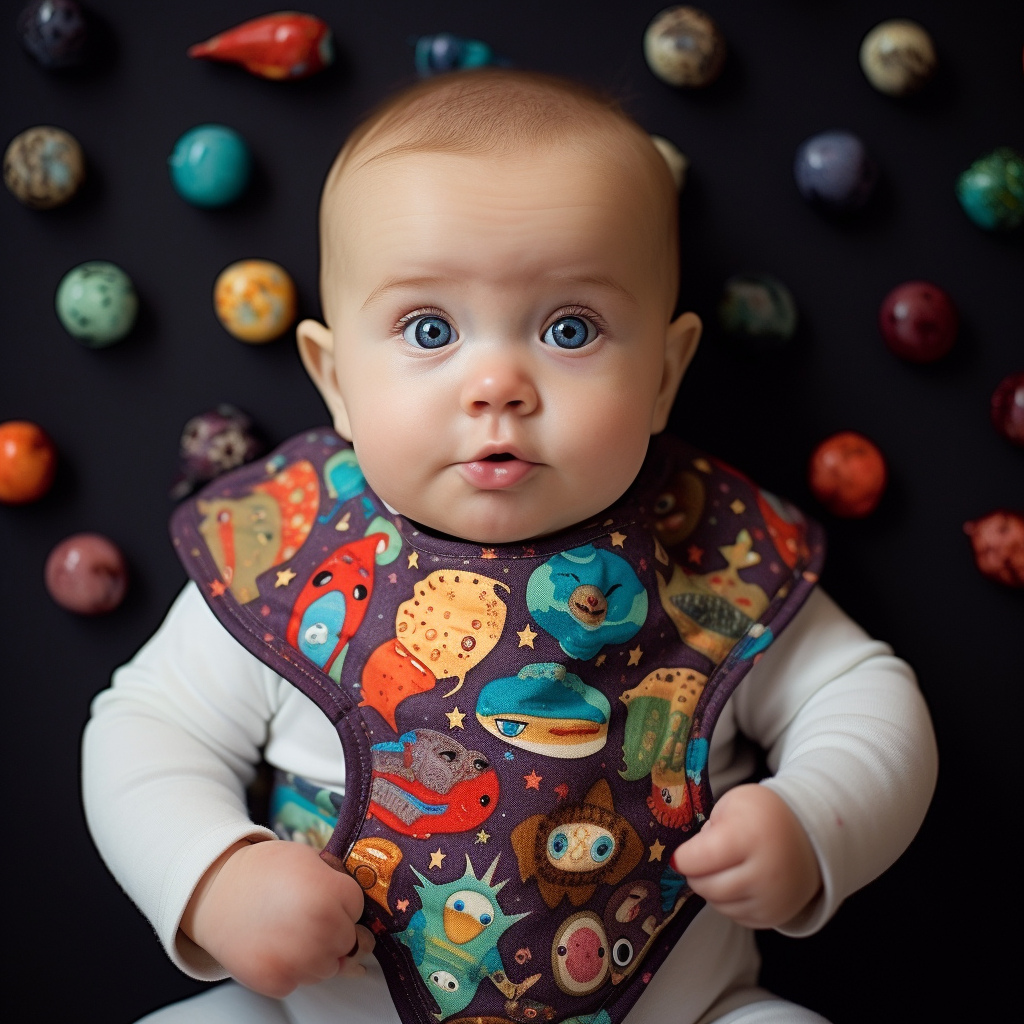
The length of a baby’s bib can vary depending on the baby’s size and style of the bib. However, a good length for a baby bib is around 8 to 10 inches (20 to 25 centimeters) long and 6 to 8 inches (15 to 20 centimeters) wide.
This size should provide enough coverage to protect the baby’s clothing and skin from spills and drool. The bib should be large enough to cover the baby’s chest and lap but not so large that it gets in the way or becomes a safety hazard.
Some bibs may have adjustable snaps or ties that allow them to be adjusted for a better fit as the baby grows. It’s important to choose a comfortable bib for the baby to wear and easy to put on and take off.
Do newborns need bibs breastfeeding?

Newborns typically do not need bibs while breastfeeding because breastfeeding does not usually cause excessive dribbling or spills that could stain or soak their clothing.
When breastfeeding, the baby’s mouth will be directly on the breast, and any excess milk or drool will likely be absorbed by a nursing pad or burp cloth placed over the mother’s shoulder. The mother may also wear a nursing cover or a shirt with a built-in nursing panel to help keep her clothing clean.
What can you use instead of bibs?
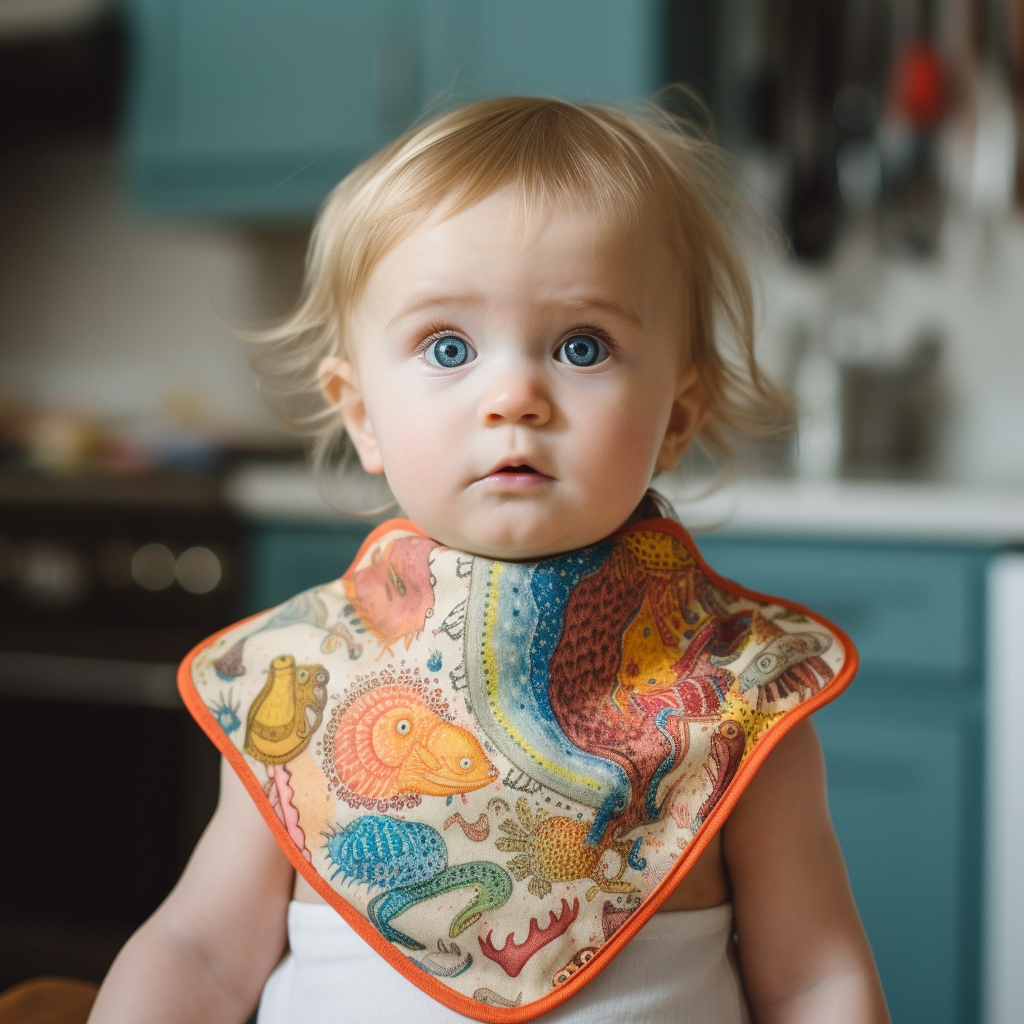
If you don’t have a bib available, or if your child refuses to wear one, there are a few alternatives you can try to help protect their clothing during feeding times:
- Burp cloths: These are soft, absorbent cloths that can be draped over the shoulder of the caregiver to catch any spit-up or drool. They can also be placed on the child’s lap to protect their clothing.
- Smocks: A smock is a protective garment that covers the child’s front and back and ties at the back of the neck. It can be made from waterproof or washable fabric and is ideal for messy activities like painting or eating messy foods.
- Muslin squares are soft, lightweight cloths that can be used as makeshift bibs. They can be draped over the child’s front and tucked into their collar to catch spills or drips.
- Bandanas: A bandana bib is a fashionable alternative to a traditional bib. It’s a triangle-shaped cloth tied at the back of the neck and covers the child’s chest. It’s smaller than a traditional bib but still offers some protection against spills and dribbles.
Do babies sleep with bib?
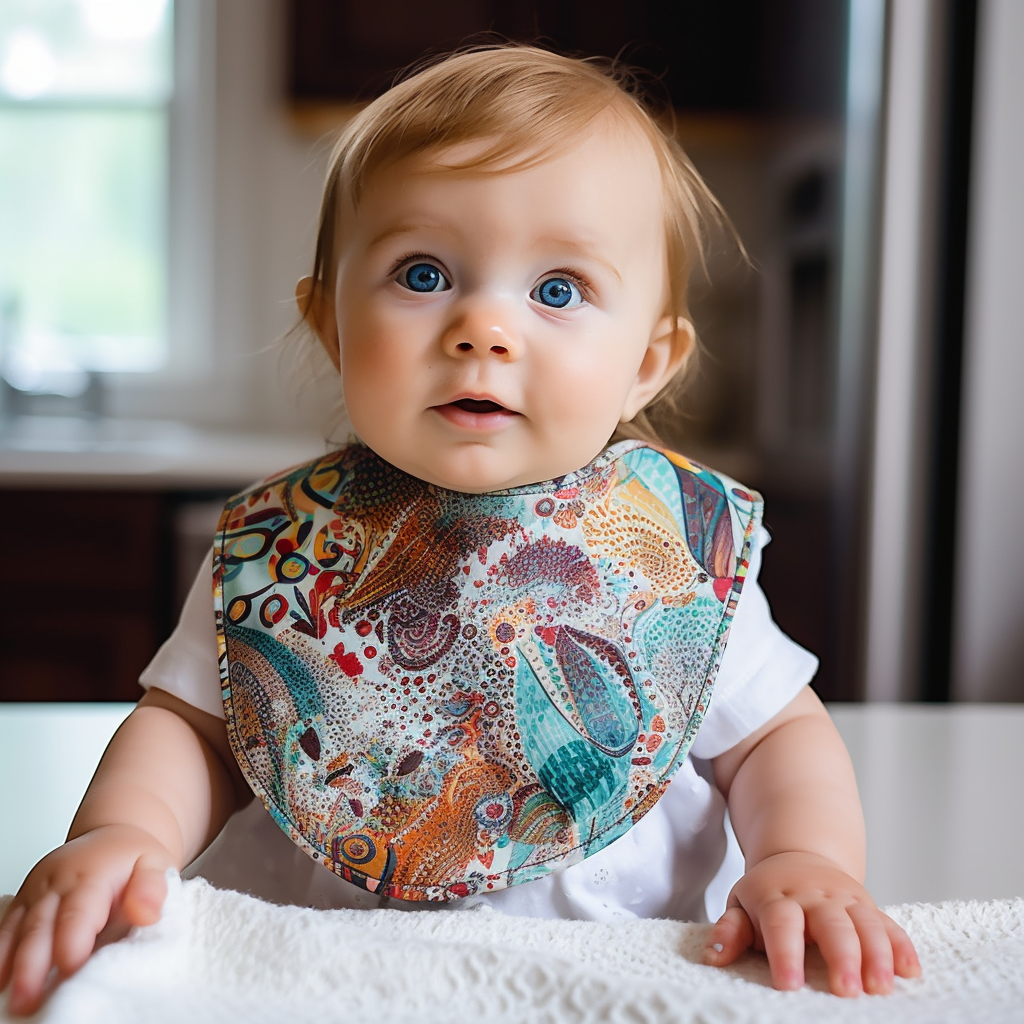
Babies are not recommended to sleep with a bib on, as this can pose a safety hazard. Bibs can get tangled around the baby’s neck, leading to choking or suffocation.
Additionally, wearing a bib for an extended period can cause skin irritation or rash, particularly if the bib is damp or dirty. Removing the bib after feeding or drooling is important to keep the baby’s skin clean and dry.
If your baby is prone to drooling while they sleep, using a bib or cloth to protect their bedding and clothing is a good idea. However, removing the bib before putting the baby to bed is important to avoid any safety risks.
Do babies need a lot of bibs?
Babies can go through several bibs a day, so having a supply of them on hand is a good idea. The number of bibs you need will depend on your baby’s age, feeding habits, and how often you do laundry.
Newborns may only need a few bibs a day, as they typically do not produce excessive drool or spills while breastfeeding. However, as they grow and start eating solid foods, they may need more bibs to protect their clothing during feeding.
Having at least six to eight bibs on hand is a good idea, so you can rotate them throughout the day and always have a clean one available. This can be especially helpful if your baby is a messy eater or if you don’t have time to do laundry every day.
Why are bibs important?
Bibs are important for several reasons:
- Keeping clothing clean: Bibs help to protect the baby’s clothing from spills, stains, and drool during feeding times. This can save parents time and effort on laundry and help to extend the life of the baby’s clothing.
- Preventing skin irritation: When a baby’s clothing gets wet or damp from drool or spills, it can cause skin irritation or rash. Bibs help to keep the baby’s clothing dry and prevent prolonged exposure to moisture.
- Promoting hygiene: Bibs can help keep the baby and their surroundings clean during feeding times, reducing the risk of bacterial or viral infections.
- Encouraging independence: As babies start to eat solid foods and feed themselves, bibs can help to protect their clothing and encourage them to explore and experiment with new textures and flavors.
Where should I keep baby bibs?
Keeping baby bibs easily accessible can help to make feeding times more efficient and less messy. Here are a few suggestions for where to keep baby bibs:
- Diaper bag: Keep a few bibs in your diaper bag so you always have one on hand when you’re out and about with your baby.
- Kitchen drawer or cupboard: Keep a stack of bibs in a drawer or cupboard in the kitchen, near where you typically feed your baby. This can be a convenient location to grab a bib before each feeding.
- Baby’s dresser or changing table: If you have a designated changing area for your baby, keep a few bibs in a drawer or basket nearby for easy access during diaper changes and feeding times.
- On the back of a chair: You can hang a few bibs on the back of a chair in the kitchen or dining room, making them easily accessible during mealtimes.
- In a hanging organizer: A hanging organizer with multiple pockets can be a great way to store bibs and keep them organized and easily accessible. Hang it on the back of a door or a hook in the kitchen for quick access.
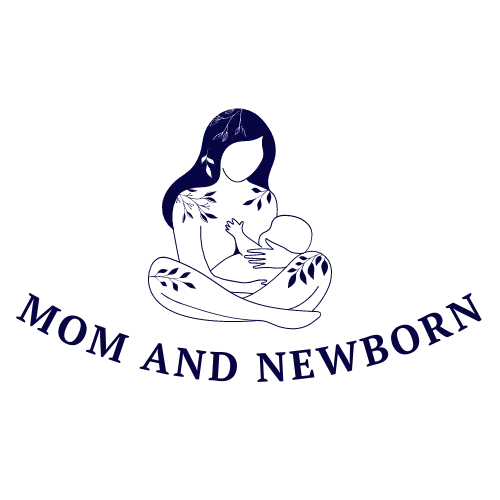
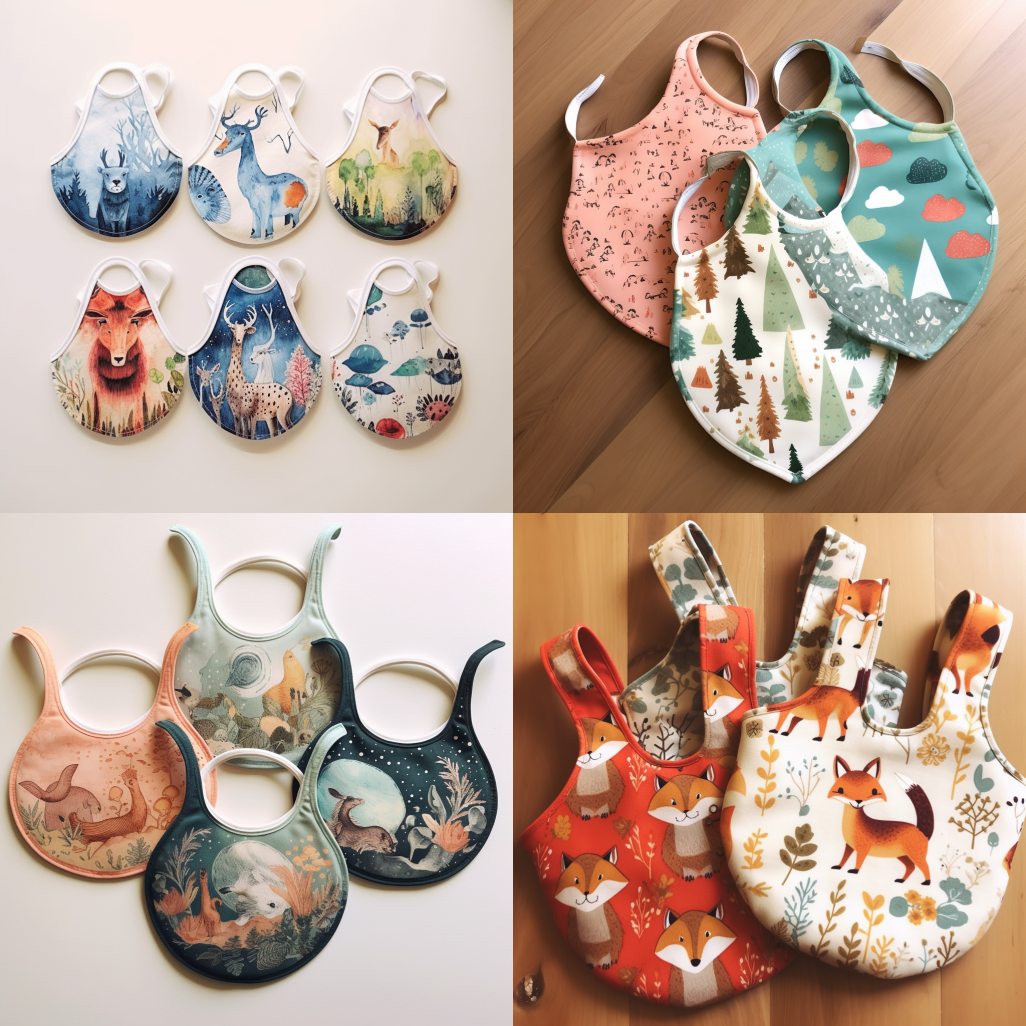
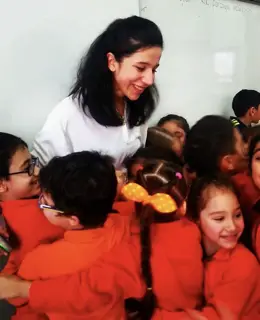
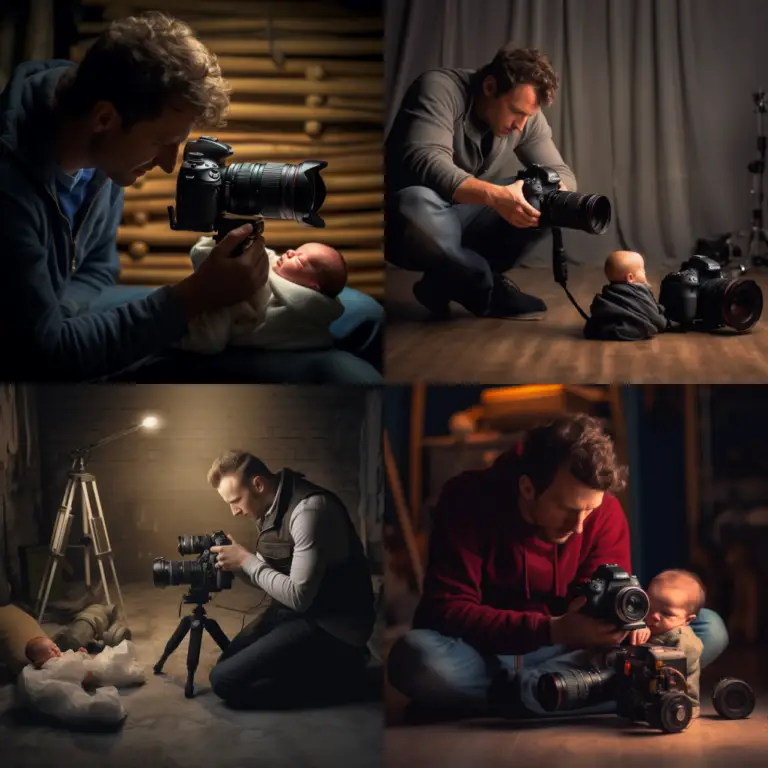
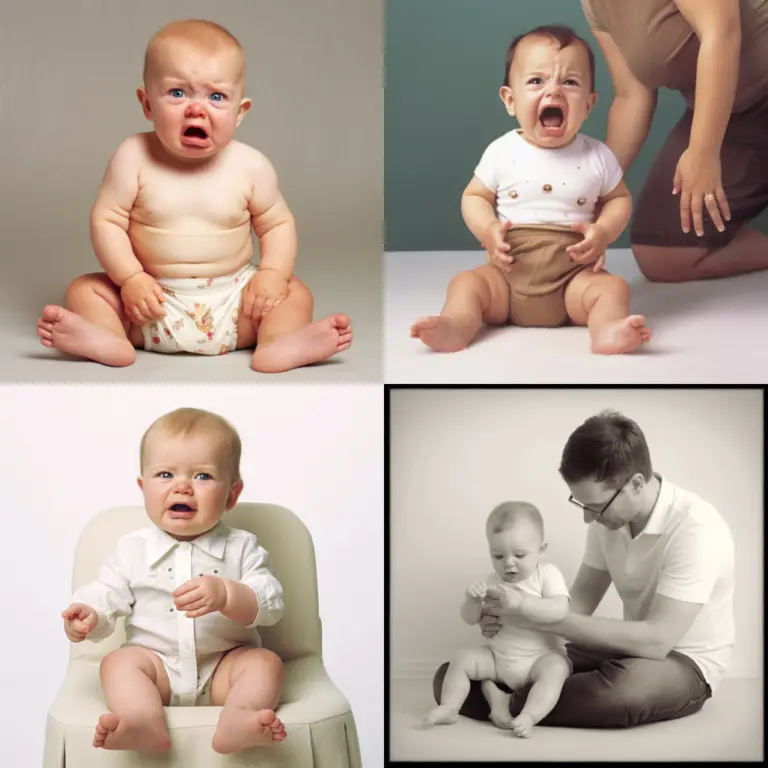
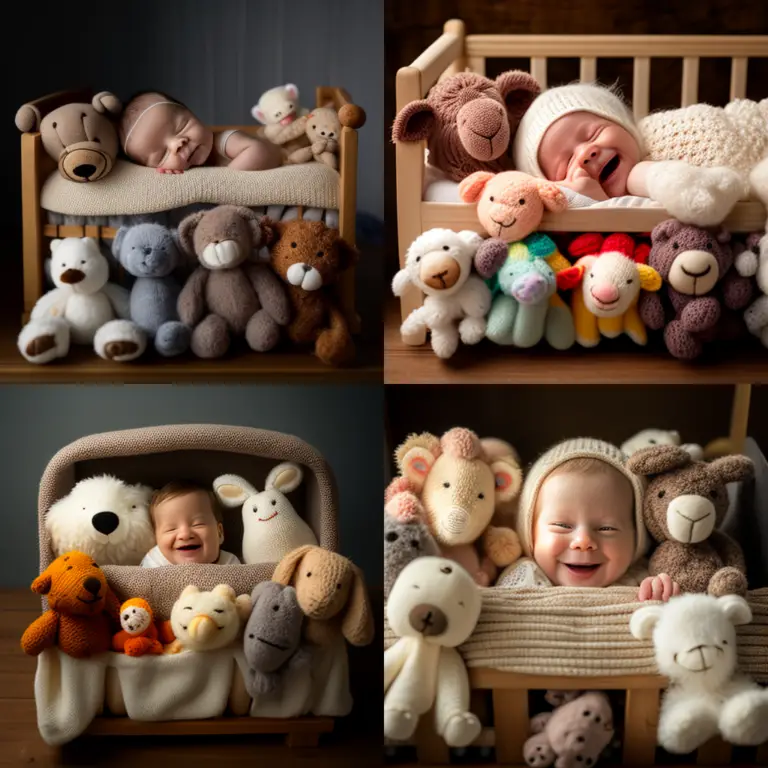
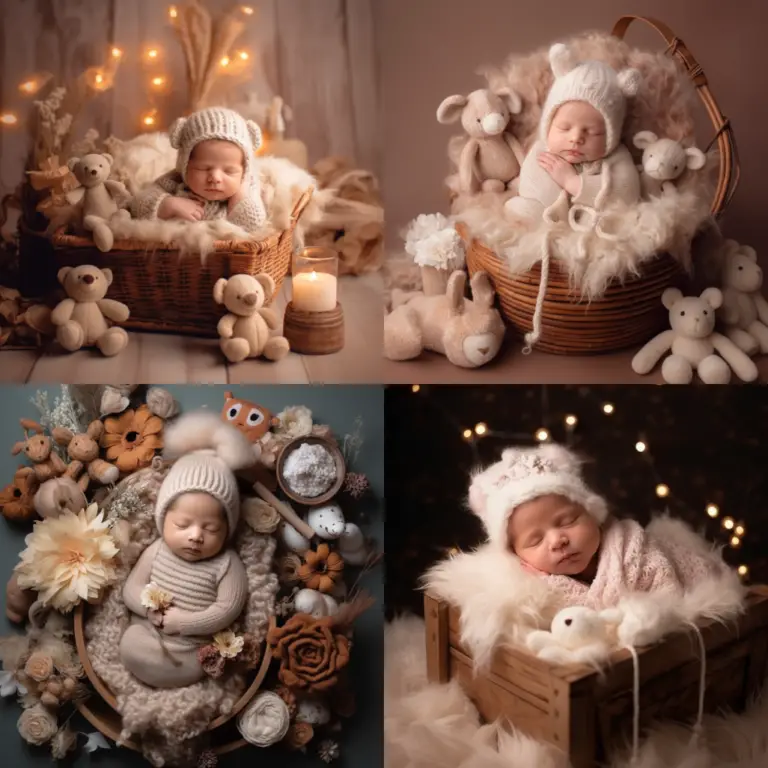
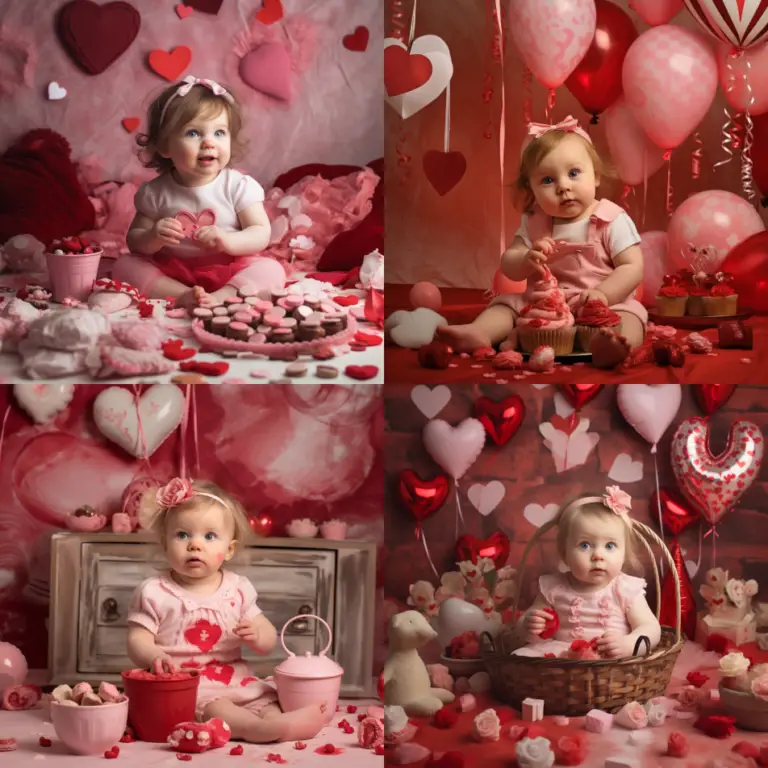
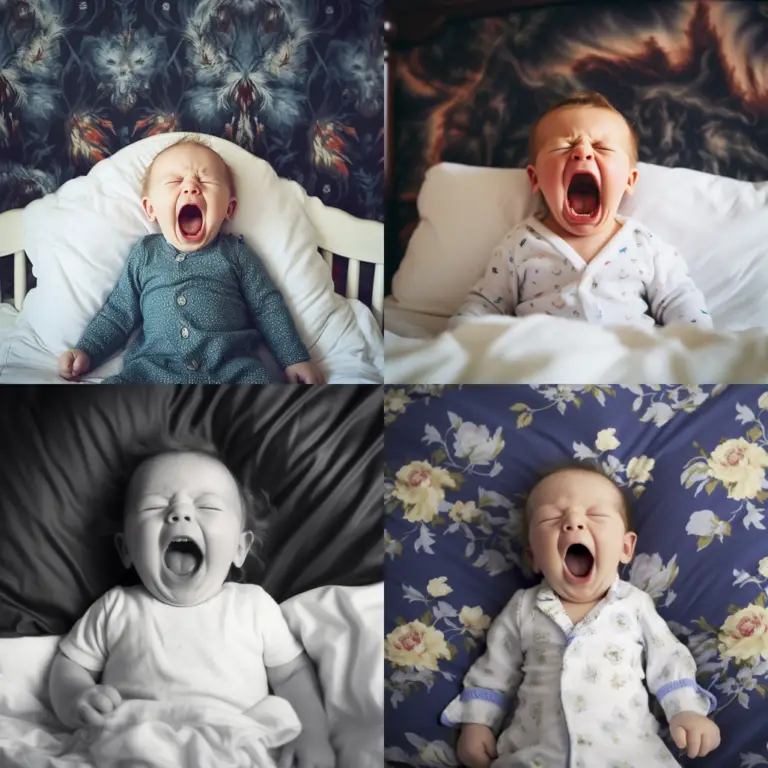

One Comment